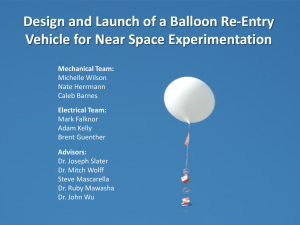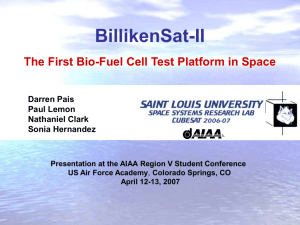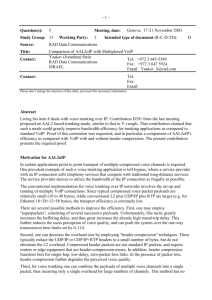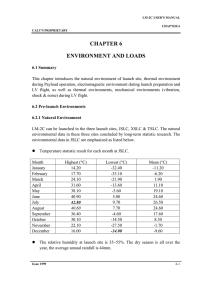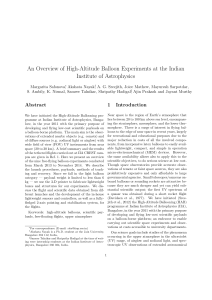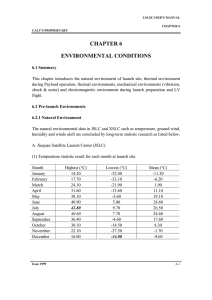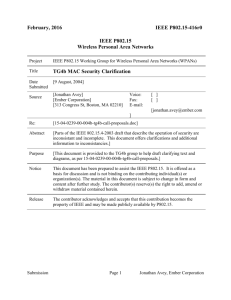High Altitude Balloon Project
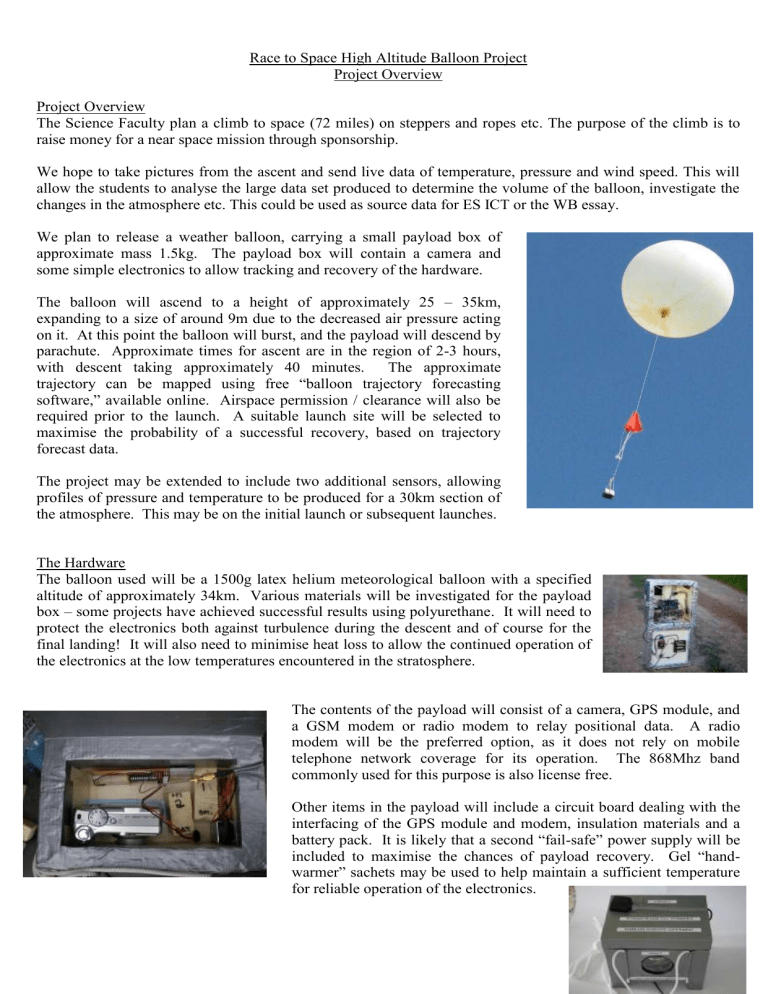
Race to Space High Altitude Balloon Project
Project Overview
Project Overview
The Science Faculty plan a climb to space (72 miles) on steppers and ropes etc. The purpose of the climb is to raise money for a near space mission through sponsorship.
We hope to take pictures from the ascent and send live data of temperature, pressure and wind speed. This will allow the students to analyse the large data set produced to determine the volume of the balloon, investigate the changes in the atmosphere etc. This could be used as source data for ES ICT or the WB essay.
We plan to release a weather balloon, carrying a small payload box of approximate mass 1.5kg. The payload box will contain a camera and some simple electronics to allow tracking and recovery of the hardware.
The balloon will ascend to a height of approximately 25 – 35km, expanding to a size of around 9m due to the decreased air pressure acting on it. At this point the balloon will burst, and the payload will descend by parachute. Approximate times for ascent are in the region of 2-3 hours, with descent taking approximately 40 minutes. The approximate trajectory can be mapped using free “balloon trajectory forecasting software,” available online. Airspace permission / clearance will also be required prior to the launch. A suitable launch site will be selected to maximise the probability of a successful recovery, based on trajectory forecast data.
The project may be extended to include two additional sensors, allowing profiles of pressure and temperature to be produced for a 30km section of the atmosphere. This may be on the initial launch or subsequent launches.
The Hardware
The balloon used will be a 1500g latex helium meteorological balloon with a specified altitude of approximately 34km. Various materials will be investigated for the payload box – some projects have achieved successful results using polyurethane. It will need to protect the electronics both against turbulence during the descent and of course for the final landing! It will also need to minimise heat loss to allow the continued operation of the electronics at the low temperatures encountered in the stratosphere.
The contents of the payload will consist of a camera, GPS module, and a GSM modem or radio modem to relay positional data. A radio modem will be the preferred option, as it does not rely on mobile telephone network coverage for its operation. The 868Mhz band commonly used for this purpose is also license free.
Other items in the payload will include a circuit board dealing with the interfacing of the GPS module and modem, insulation materials and a battery pack. It is likely that a second “fail-safe” power supply will be included to maximise the chances of payload recovery. Gel “handwarmer” sachets may be used to help maintain a sufficient temperature for reliable operation of the electronics.
The camera used will be a simple ‘off the shelf’ digital model. The camera chosen will require a “wake-up function” such that it can switch on at predefined time periods, take some pictures and power down again. It is likely a Canon model will be chosen as many of these allow reprogramming / overlays of the firmware to enable this additional functionality.
Proposed testing procedures:
1.
Testing of simple data comms using GSM / radio modems to send a stream of data, initially between two buildings, and then to achievable range with a mobile transmitter.
2.
Construction and testing of payload box. This will be based on the procedure detailed by another group who undertook a HAB project – namely, fill the box with eggs and throw it from a tall building! When the eggs don’t break we know we have a suitable design.
3.
Temperature / condensation testing of payload box – investigate various insulation materials to allow the box to maintain a suitable temperature for the electronics to function – tested by a few hours in a freezer
4.
Test interfacing of GSM / radio modem with GPS module
5.
Pre-flight simulation.







